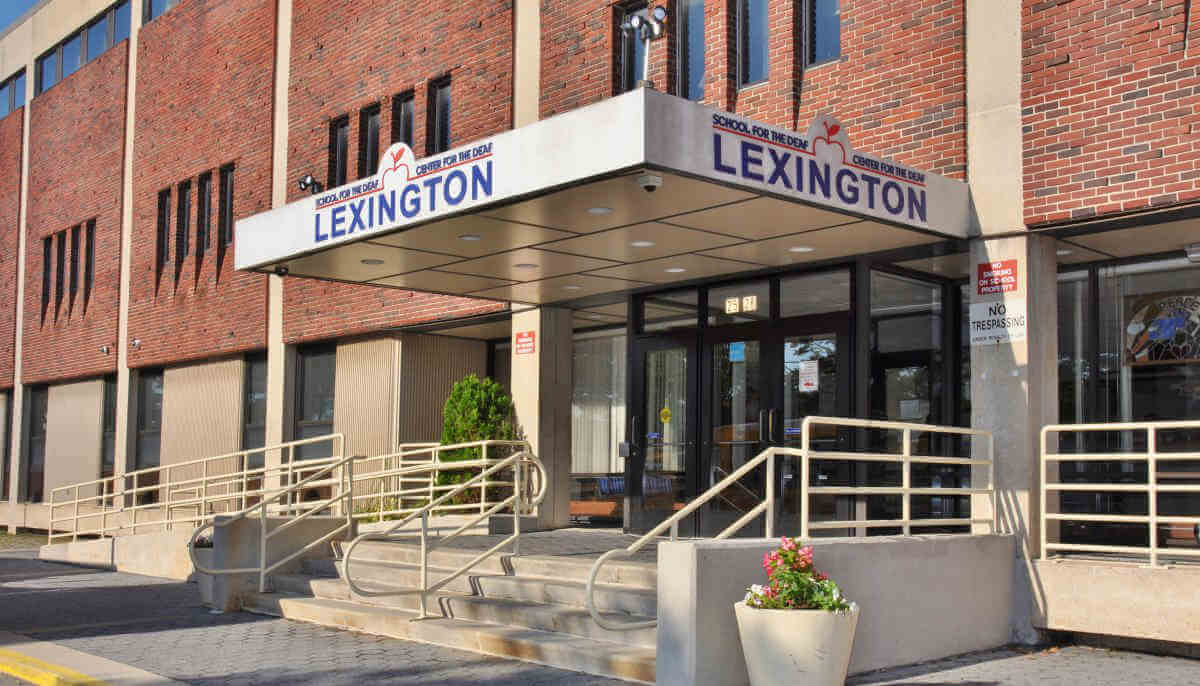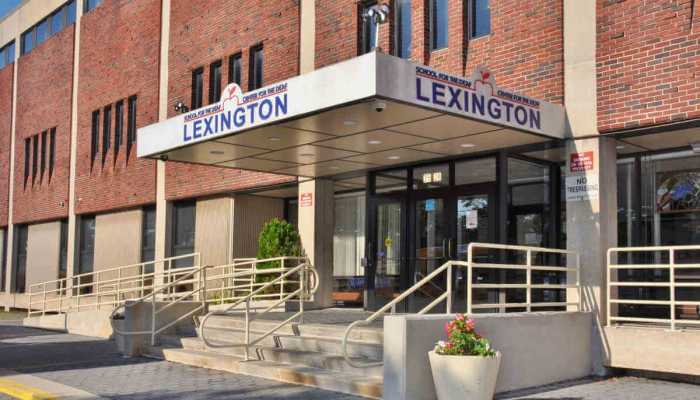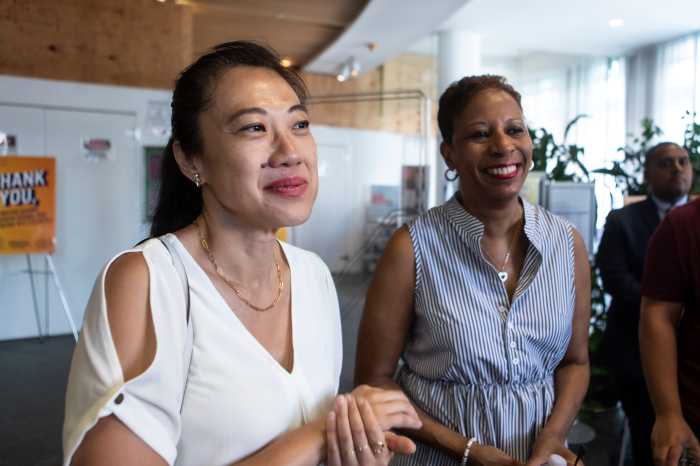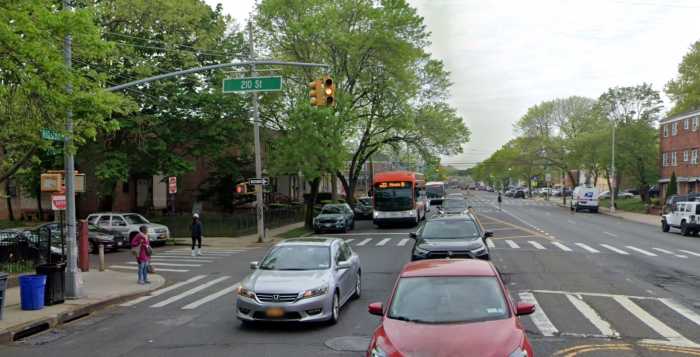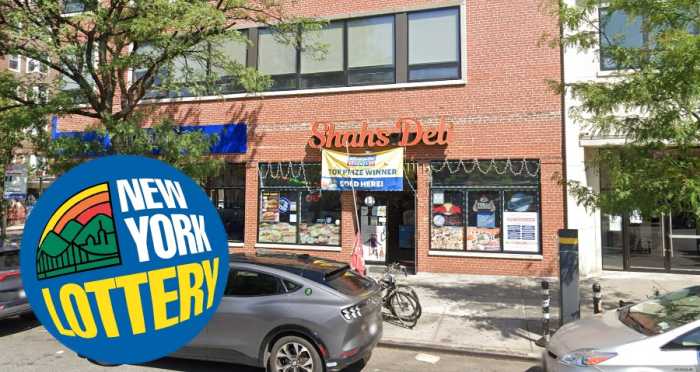By Carlotta Mohamed
At the Lexington School for the Deaf in East Elmhurst, technology plays a vital role in classrooms, creating a rich learning environment for teachers of deaf and hard-of-hearing students.
One of five deaf schools in the state, Lexington has been around for 150 years and is the largest with 276 students from the five boroughs and foreign countries. It serves ages 3 to 21, as well as infants from birth to 3 months.
A number of students have other disabilities in addition to deafness, including mobility and mental impairments. The hearing and communication ability of the students varies greatly. But the use of video and vlogging, or video blogging, has been quite an effective tool for helping students understand and communicate with their peers, teachers, and parents.
At the beginning of the 2016-2017 school year, Schoology — a K-12 online learning management system and social networking platform to improve learning through better communication, collaboration, and increased access to curriculum and supplemental content — was introduced to teachers at the Lexington School. It allows users to create, manage and share learning content and resources with students both in and outside the classroom. The school is at 25-26 75th St.
Schoology is based in New York and its founders, Jeremy Friedman, Ryan Hwang, Tim Trinidad, and Bill Kindler saw firsthand how education technology fell short of its promise to improve the learning experience for students and instructors. They decided to change that by building a Learning Management System aligned with the needs and learning style of education in the real world.
Jared Lopatin, an English teacher turned Theater Director and EdTech Coordinator at the Lexington School, advocated for Schoology, which enables teachers to create assignments, tests and quizzes. The students complete their assignments with a video using American Sign Language — which gives Lopatin a better sense of his students’ ability to understand and summarize a story.
“It’s a nod towards the flipped classroom,” said Lopatin. “It’s not a formalized system at Lexington, but it’s a practice that is being done around the world where the student watches the lesson at home and comes in the next day with questions and does their ‘homework’ with the teacher.”
The videos are used for a variety of purposes: completing homework assignments, professional development for the staff and sharing school announcements. Each video includes several forms of communication — American Sign Language, subtitles (which can be hard to find on YouTube), verbal and Spanish .
To make learning fun, when Lopatin was an English teacher, he fostered a game-based learning system that would refer to assignments as “missions or challenges” for students to complete, with each level unlocking new lessons in Schoology.
“The students being mostly digital natives have taken to the technology very easily, and parents are able to communicate with their children and other parents in the Schoology discussion forum,” Lopatin said.
Donald Galloway, in his fifth year as CEO/superintendent at the Lexington School and himself deaf, said he is committed to investing in technology and providing the best services and education to the students, so they can reach the same high standards of learning as every other student.
“Schoology and some other learning management systems really help our students to enhance their skills, expand their knowledge, their experiences, so once they leave Lexington, they’re ready to go out in the workforce,” said Galloway.
Younger children in the school use iPads and learn coding, keyboarding, and how to post and edit pictures, use email and transcribe words in tech class. Students in grades 6-12 use portable laptops and learn how to vlog.
Galloway said Lexington is in the process of setting up a basic $250,000 TV studio, since more people in the deaf community are using vlogs to share information. The students will learn some aspects of video production, editing, being in front of the camera, signing clearly, writing and collaborating on projects, Lopatin added.
And electronic smart boards will eventually be replaced with smart TVs installed on each floor and in common rooms.
“They’re interactive info announcements, so we have smart TVs so students can access American Sign Language, which is the visual language,” said Galloway.
In addition, Lopatin said for the upcoming school year, the school is trying to leverage technology to provide language, accessibility, creation of a video library of American Sign Language, and a better base of understanding for students, including a little bit of fun in the classrooms.
“Technology is changing quickly so we work as hard as we can to keep up, and if you don’t keep up with technology, you’ll fall behind so quickly,” said Galloway. “We don’t want our students to fall behind. We want them to graduate from Lexington to be caught up and kept up with the rest of the world.”
Reach reporter Carlotta Mohamed by e-mail at cmoha

